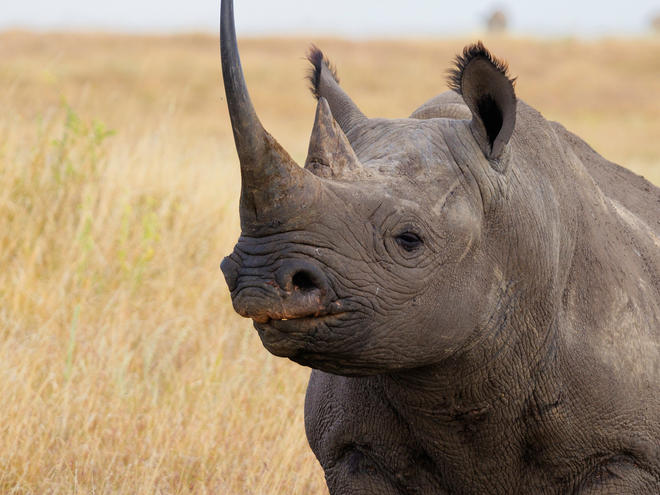60 Minutes: WWF is saving black rhinos by moving them
Published by the World Wildlife Fund
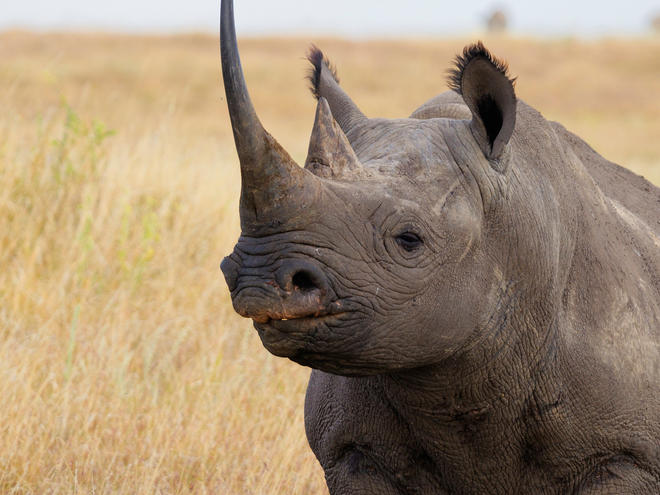
60 Minutes featured WWF’s Black Rhino Range Expansion Project!
Take a look at how we’re saving rhinos by moving them.
Will you help save rhinos today?
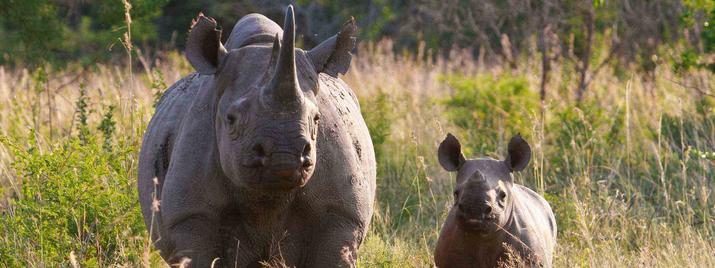
Every dollar you donate will support WWF’s efforts to save rhinos from extinction.
Donate
Rhinos, one of the oldest groups of mammals, are virtually living fossils. They once roamed across Africa’s savannas and Asia’s tropical forests, but today, very few rhinos survive outside of national parks and reserves.
WWF has worked for decades to stop rhino poaching, increase rhino populations, and protect their vital habitats. By conserving land for rhinos, we also help protect other important wildlife that share rhino habitat, such as elephants.
Specifically, WWF’s Black Rhino Range Expansion Project (BRREP) in South Africa has been working with passion, commitment, and determination to ensure a brighter future for the critically endangered black rhino for more than a decade. BRREP works to grow black rhino numbers by creating new populations and provides equipment and training to rangers to monitor, manage, and protect rhinos.
How WWF safely moves rhinos to help the species thrive
Looking back over years of moving black rhinos to create new populations as part of the Black Rhino Range Expansion Project, it’s worth noting how capture and release techniques have improved. Check out how WWF safely and efficiently completes this essential conservation measure.
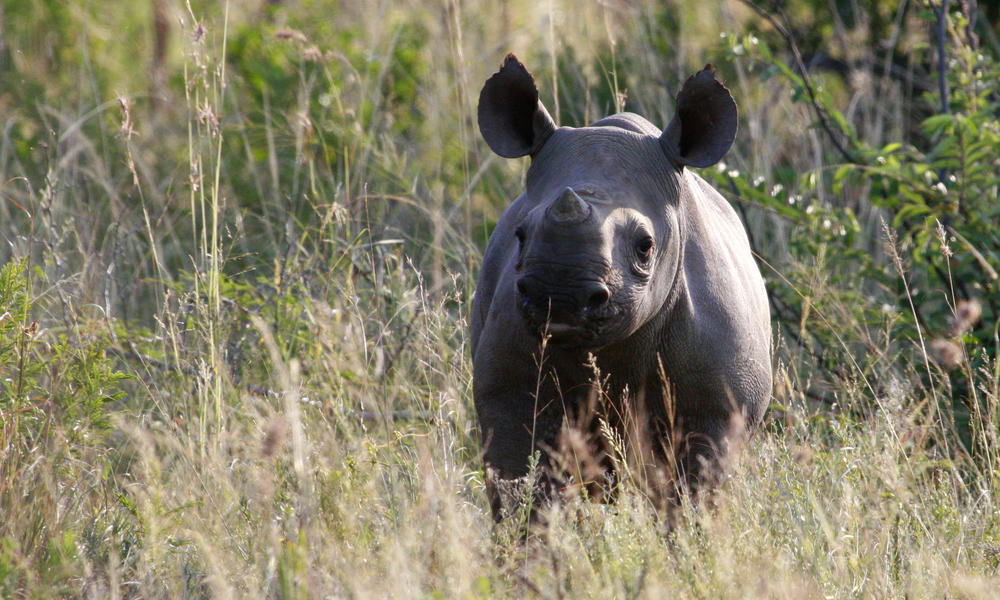 © Pip Mortlock
© Pip MortlockA total of 87 calves, like this one, have been born on project sites which now span some 850 square miles. Nine of those calves were used as part of the new population for the 11th BRREP site. Eleven calves were born on BRREP sites so far in 2017.
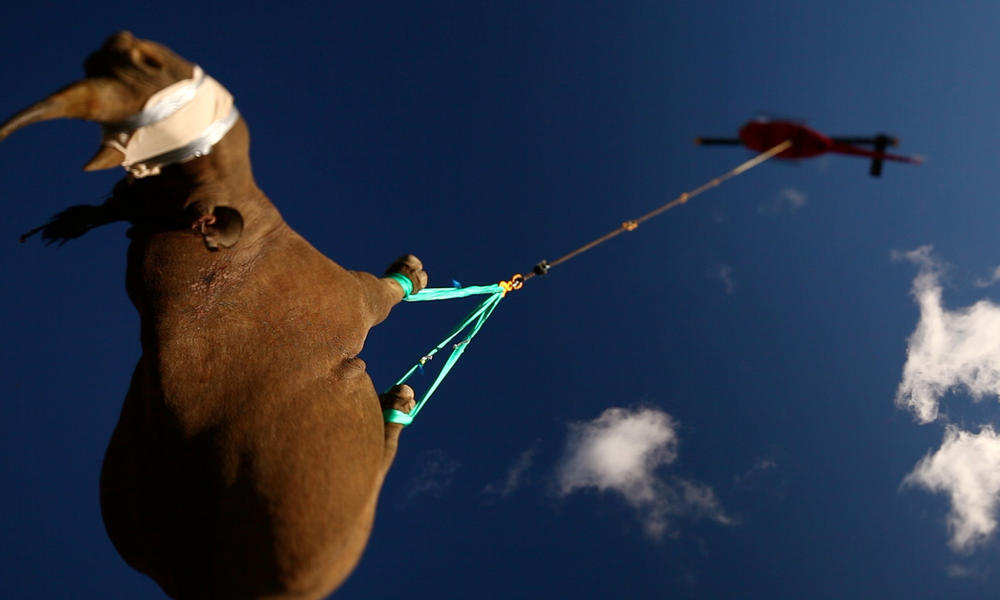 © Green Renaissance/WWF-SA
© Green Renaissance/WWF-SAA total of 178 black rhinos have been relocated by BRREP. The 11th black rhino translocation, which includes moving rhinos from parks with significant populations to others that historically held rhinos but currently do not, was completed in October 2017. During translocations, some rhinos are airlifted by helicopter. They are first sedated and then carefully airlifted to awaiting vehicles which take them to their new location.
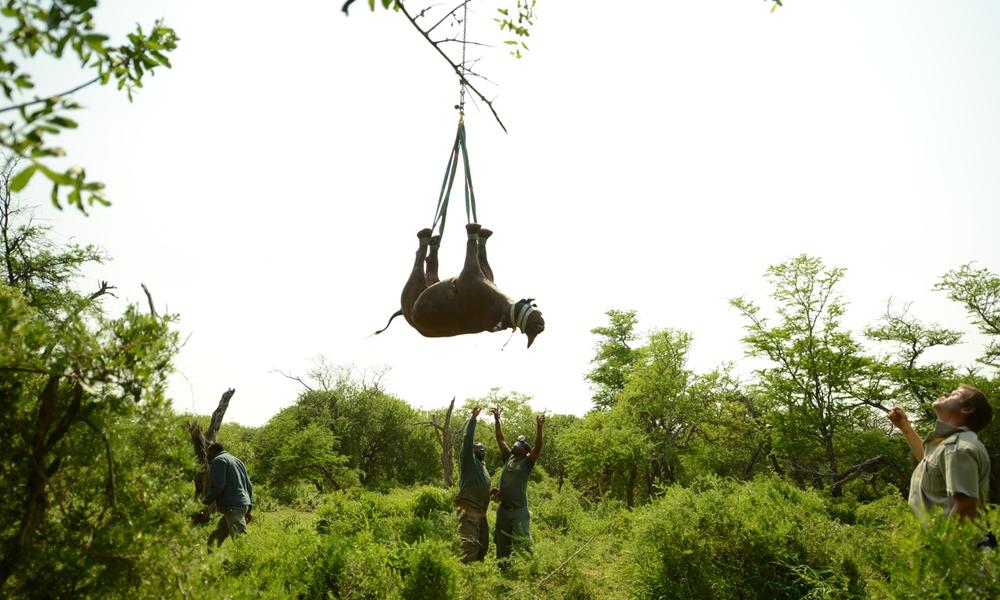 © Green Renaissance/WWF-SA
© Green Renaissance/WWF-SABack in 2004, 15 black rhinos were released on to the first BRREP partner site in KwaZulu-Natal, South Africa. That population has grown so well that some of the offspring have been moved to form part of the project’s 11th breeding population.
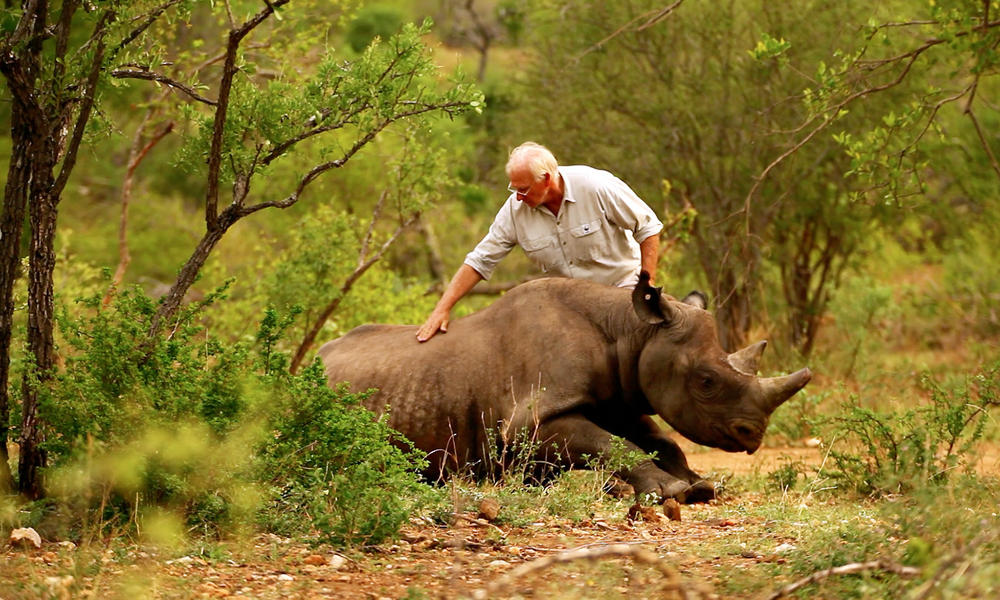 © Green Renaissance/WWF-SA
© Green Renaissance/WWF-SAIn 2015, black rhino numbers in KwaZulu-Natal passed the milestone of 500. There has been a 21% increase in the black rhino population in the South African province of KwaZulu-Natal since 2003. “When the project first began, the main concern was the slow population growth rate of the critically endangered black rhino,” explains project leader Dr. Jacques Flamand, pictured here after administering an antidote to a sleeping rhino. “Now population growth has increased, but so has poaching, so concern remains.”
Read the full article at: http://feedproxy.google.com/~r/WWFStories/~3/FXxwyMSpLis/60-minutes-wwf-is-saving-black-rhinos-by-moving-them

